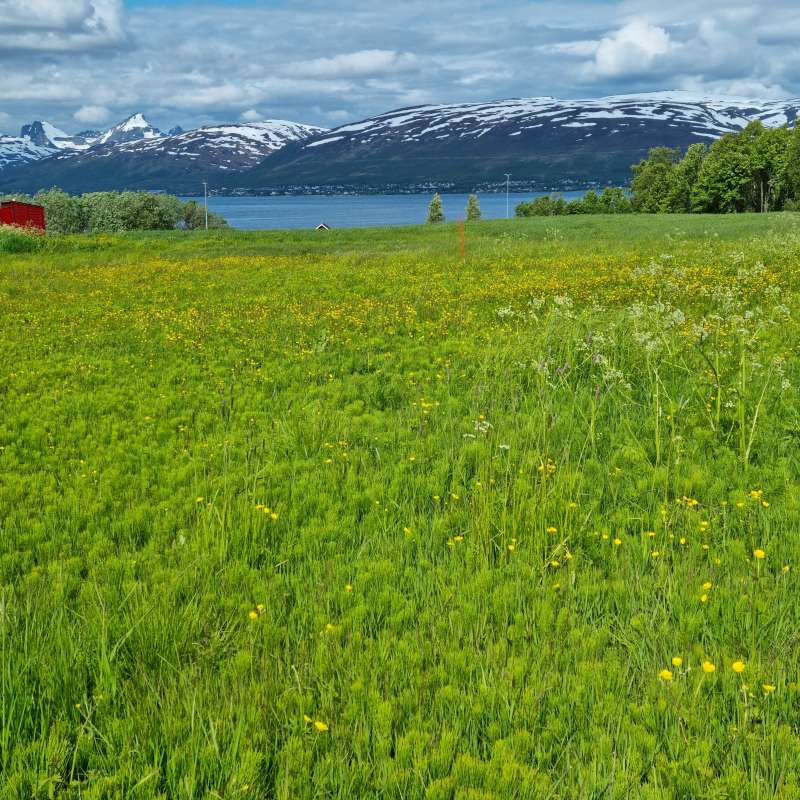Gabriela Wagner
Forsker
Sammendrag
Droner kan brukes som verktøy i norsk beitenæring for å forbedre dyrevelferd, effektivisere tilsyn og redusere tap i utmark. Gjennom en kombinasjon av litteraturstudier, teknologivurderinger og praktiske feltforsøk undersøkes dronens nytteverdi i oppgaver som kadaversøk, vegetasjons-kartlegging, sanking og tilsyn med beitedyr. Kombinasjonen av droner og e-bjeller/GPS gir best effekt, både for tilsyn og dokumentasjon. Rapporten anbefaler etablering av dronepilotlag med spesifikk kompetanse, standardiserte prosedyrer for personvern og databehandling, og videre forskning på KI-basert dyretelling.
Sammendrag
Det er ikke registrert sammendrag
Sammendrag
Det er ikke registrert sammendrag

